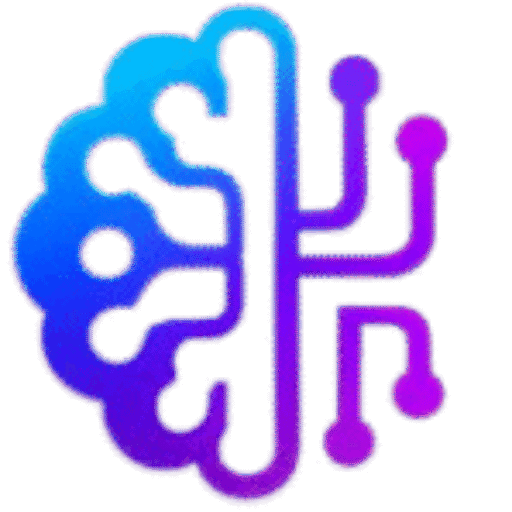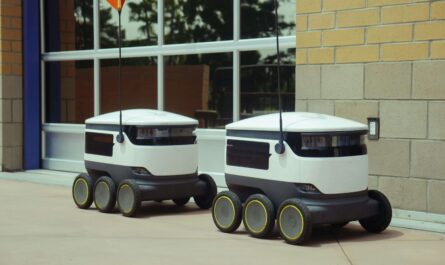How to Use AI for Animations in Product Design
(Best AI Tool for Product Designers, Workflows & Success Tips)
Introduction—Why Animations Matter in Product Design
In today’s competitive market, product design is more than just shapes, colors, and materials—it’s about creating an experience. Animation plays a big role in bringing that experience to life. A simple rotating 3D model, a smooth transition effect, or an interactive motion sequence can help users understand how a product works before it even exists physically.
Traditionally, product animation required hours of manual labor, expensive software, and specialized skills. But with artificial intelligence (AI) stepping into the design world, everything is changing. The best AI tool for product designers can now create high-quality animations in minutes instead of days.
In this blog, we’ll explore exactly how AI can be used to create animations for product design, the tools you need, real-world examples, and step-by-step workflows to get you started.
Understanding AI in Product Animations
AI animation tools combine machine learning, neural networks, and 3D modeling algorithms to automatically generate animations from static designs, sketches, or even simple descriptions.
Some core AI technologies used in product animation include:
- Generative Adversarial Networks (GANs)—For creating realistic motion effects.
- Natural Language Processing (NLP)—To turn written descriptions into animation sequences.
- Computer Vision—For recognizing product shapes and automatically animating parts.
- Physics Simulation AI—For realistic movements, collisions, and fluid animations.
These tools don’t replace designers—they enhance their creativity, reduce repetitive tasks, and let them focus on innovation.
Benefits of Using AI for Product Animation
Here’s why AI animation is changing the game:
a) Speed and Efficiency
With AI, animations that used to take weeks can now be completed in hours.
b) Cost-Effectiveness
The best AI tool for product designers reduces the need for outsourcing animation work.
c) Realism
AI can simulate real-world physics, making animations more accurate.
d) Easy Iterations
Want a different animation style? AI can tweak results instantly without starting from scratch.
e) Enhanced Storytelling
AI animations can show product usage scenarios, making marketing and presentations more impactful.
Types of Animations AI Can Help Create
AI tools can handle a variety of animation types for product design, including:
- 3D Rotations—Showing a product from all angles.
- Exploded Views – Separating parts to show assembly or components.
- Usage Demonstrations – Animating how a product works in real life.
- Interactive Animations—Letting customers click and control movement.
- Concept Storyboards—Turning design concepts into animated pitches.
Best AI Tools for Product Designers (Reviews)
Here’s a curated list of the best AI tools for product designers when it comes to animation:
1. Runway ML
- Great for quick, high-quality animations.
- Text-to-video features for rapid concept prototyping.
2. Kaedim 3D
- Converts 2D sketches into 3D models and animations.
3. Adobe Firefly (Beta)
- Integrated with the Adobe suite for design-to-animation workflows.
4. Luma AI
- Ideal for photorealistic animations of products.
5. Spline AI
- Web-based AI 3D design tool perfect for interactive animations.
💡 Pro Tip: When choosing the best AI tool for product designers, look for features like physics simulation, real-time previews, and compatibility with your existing design software.
Step-by-Step Guide: Creating Product Animations with AI
Here’s a practical workflow for using AI to animate a product design:
- Prepare Your Design Files—Use your CAD, Sketch, or Figma file.
- Choose the Right AI Tool – Select one based on your animation style.
- Set Animation Parameters—Movement type, speed, lighting, and camera angles.
- Let AI Generate the Animation—Run the AI model to produce results.
- Refine the Output—Adjust timing, textures, and effects manually.
- Export for Use – Save in formats like MP4, GIF, or interactive WebGL.
Integrating AI Animations into Your Design Workflow
To make AI animations part of your regular workflow:
- Automate repetitive tasks like rendering and transitions.
- Sync with project management tools for faster review cycles.
- Use AI-powered review systems for client feedback.
For example, pairing Spline AI with Figma allows you to quickly test animated prototypes during design sprints.
Case Studies: Real-World AI Animation Success Stories
- Startup A: Used AI to create a product launch animation in 48 hours, saving $5,000 in outsourcing costs.
- Agency B: Integrated AI animations into their presentations, increasing client approval rates by 40%.
- E-commerce Brand C: Used AI to create interactive product demos, boosting conversion rates by 22%.
Common Mistakes to Avoid in AI Animation for Products
- Overloading with effects that distract from the product.
- Ignoring brand consistency in animation style.
- Not checking physics accuracy (leads to unrealistic results).
- Skipping human review—AI is powerful but not flawless.
Future of AI in Product Animation
The future points to real-time AI animation generation, where users can interact with a product prototype in AR/VR environments instantly. AI will also merge with IoT to allow dynamic animations based on actual product usage data.
Conclusion & Action Steps
AI is revolutionizing product animations, making them faster, cheaper, and more realistic than ever before. The best AI tool for product designers is the one that fits seamlessly into your workflow and enhances your creativity.
Action Steps:
- Test at least one AI animation tool this week.
- Start with a small animation project for practice.
- Integrate AI into your full design process for efficiency.





